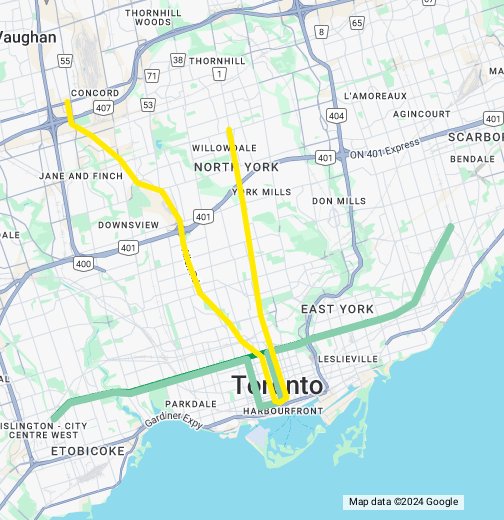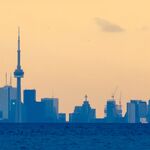BurlOak
Senior Member
Ok - I see how this works, and it does solve some problems, but adds a few as well.
As you see, it adds stations without loosing stations.
The biggest things are that:
- This requires twice as much track (down Spadina and up Bay) compared to mine (just down Elizabeth /York).
- This requires twice as many stations, whereby the Spadina ones are already reasonably served by the LRT.
- This has more disruptive tie-ins to the existing lines. Your Bloor and West of Spadina tie-in is similar to my Spadina north of Bloor tie-in, but the Bay/Bloor is much more complicated due to the area already having two levels there, whereby I just duck under the Bloor line where it is 1 level.
- You have 4 large curves (Spadina/Bloor, Spadina/Front, Front/Bay, and Bay/Bloor. Each of these have implications with building foundations. I have 2 curves, 1 at Spadina/Harbord and the other basically under the grass of Queen's Park Circle.
- Your downtown U would only have half the service, as it appears you still have a B-D route that just goes straight across, so likely only half serve your U. I get full use out of each piece of infrastructure.
- You do not lose any service for any existing Spadina line passenger, which is a good thing. That is why I chose going down Elizabeth/York, as I think it may actually be an improvement - although people may complain because it's a change.
- As a rough guess, I'd put your cost at $3B to $3.5B, whereas mine would be $1.5B to $2B (i.e. 75% more).




